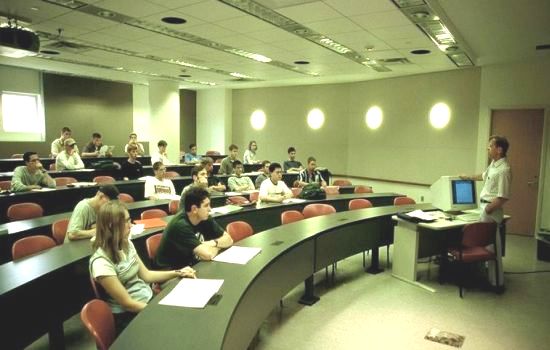
Agreed it’s not easy to cut down on energy usage. Still, institutions are coming up with effective modes of conservation for using it in future. University of Illinois, Urbana hopes to save $5 million at least from its energy-efficient practices. The savings will pay down a substantial deficit owing to the soaring energy costs.
The campus reduced its energy consumption by a massive 9.6%. It is in strict adherence to the campus goals wherein a 10 percent reduction in overall energy usage was targeted. However, it was never easy to achieve these targets without the valuable $1.2 million funding by the Illinois Clean Energy Community Foundation and the Academic Facilities Maintenance Fund Assessment paid by students. Furthermore, the five-year goal aimed at maintaining the same level of usage as it was in 1990. It asked for 17% reduction in usage.
In the present piece of writing, we will try to elucidate some of its exemplary observances.
Energy Liaison Program:

The Energy Liaison Program increased the awareness regarding energy usage and promoted personal responsibility. It asked respective departments to coordinate all energy saving information, create possible targets, identify areas for reduction and form channels to keep authorities updated with suggestions and information. The comprehensive program covered almost each possible area of saving viz. consolidation of fume hoods, lighting and space usage, computer policies and practices, lab equipment usage and equipment procurement practices. In addition to it, instructions on creating awareness, policies were circulated.
Some commendable steps taken:
Ambitious goals reflect the University’s commitment to sustainability – environmental, social and fiscal. Although energy conservation is a universal problem, its solution begins with individuals.
1. The very first step was to eliminate waste and increase energy efficiency in buildings. Less consumption by the electrical equipments in offices and labs made it possible. In addition, the campus transportation systems were taken due care of.
2. Secondly, reliance on fossil fuels gave way to the use of renewable energy resources.
3. Finally, it worked on reducing greenhouse gas emissions from energy generation, agricultural operations, and transportation.
The F&S troop replaced 80,000 archaic fixtures and ballasts in the 44 buildings. Further retrofitting phase will include the Chemistry Annex, Roger Adams Lab, Freer Hall and the Medical Sciences building. The Lighting Retrofit project will save about $1 million annually, based on a 12-hour day. F&S installed 250 automatic occupancy sensors, repaired and replaced HVAC amounting to 27% savings on electricity in each building.
Image Source: LIB

